The series was conceived and is hosted by Harvard Professor Henry Louis Gates Jr. This season, the show has profiled a broad range of guests, from former secretary of state Condoleezza Rice to actor Robert Downey Jr. In addition to tapping some of the best genealogists in the U.S. and abroad, the show relies on DNA evidence from each guest, which helps identify their racial and ethnic heritage and where their ancestors lived over the last hundreds, even thousands, of years.
When I was first asked to participate, the producers asked me if there were any family mysteries I might like to solve. I came up with one, which seemed trivial and probably unsolvable, but I mentioned it anyway.
As a little girl, I remember my paternal grandmother's devotion to "El Nino de Atocha," which dates back to a legend about the Christ Child from the Middle Ages in Spain. She had a little plaster santo on her dresser, but the odd thing was that much of the time the statue was turned to the wall. I asked her why, but she would only say, "It's the custom." I assumed she was mad at Jesus for not answering her prayers.
When I arrived in New York for the taping of the show, I learned the explanation was likely a lot more complicated. For some time now, there has been conjecture that some of the earliest Spanish settlers to the New World, including part of the crew on Columbus' first voyage, were Jewish conversos. In 1492, all Spanish Jews were expelled from Spain by edict of the Catholic monarchs Ferdinand and Isabella, and all their property was confiscated. The edict took effect just one day before Columbus's ships set sail.
Recommended
Jews had lived in Spain along with the Moslems, who controlled much of the peninsula for 700 years. The only alternative available to Jews who wished to stay was to accept baptism. But many of those who converted continued to practice Judaism secretly, and they became the chief targets of the infamous Spanish Inquisition. Among them were members of my family.
My 11th great grandmother Benita Orozco was born in Sevilla in the early 1500s. The Orozco name is on the list of those under investigation by the Inquisition. She died when my 10th great grandmother Guiomar was just a young child, but she left her daughter a huge dowry.
Yet Guiomar married the son of a candle maker in an era when it was rare to marry outside one's class. It's likely the family arranged the wedding to protect Guiomar from suspicion by the Inquisition because her husband Francisco Armijo came from an Old Catholic family.
In 1597, Francisco and Guiomar sailed for what is now Mexico, where the family lived until 1701 before coming to New Mexico. There over generations, the family intermarried with the Chavez family, whose progenitor had come on Juan de Onate's expedition in 1598. I've subsequently learned that my Chavez family members were likely conversos too.
I wasn't surprised to learn that 75 percent of my DNA was European, nor that I have some Indian heritage -- about 5 percent. What was surprising is that 20 percent of my DNA shows Semitic markers, even after my family's 400 years in New Mexico.
My grandmother's custom of turning her statue to the wall was probably handed down from her Jewish ancestors, who abhorred idol worship, but the reasons were eventually forgotten.
As part of the show, I travelled to Sevilla to view archival records and film the church where my converso ancestors were baptized and the plaza where other conversos were burned at the stake.
The experience not only gave me a sense of my roots, but made me appreciate what it means to be an American -- a country founded on the principle of religious freedom.

















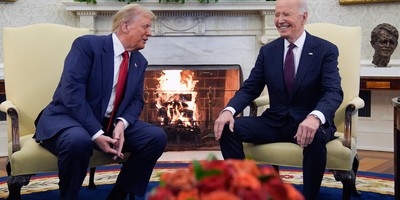

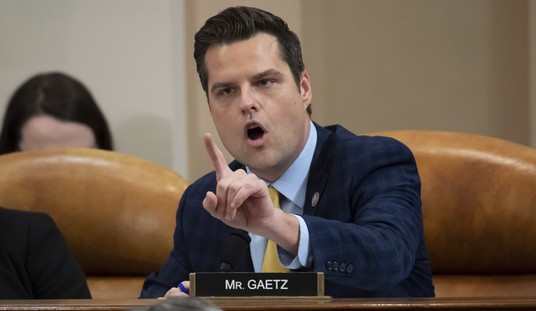

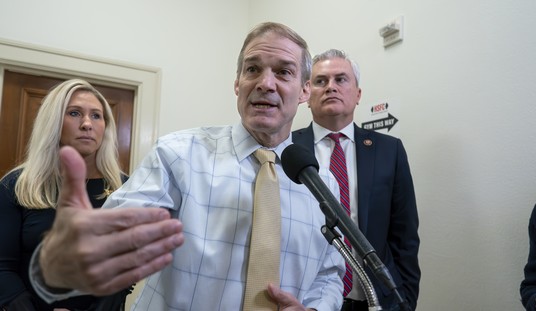
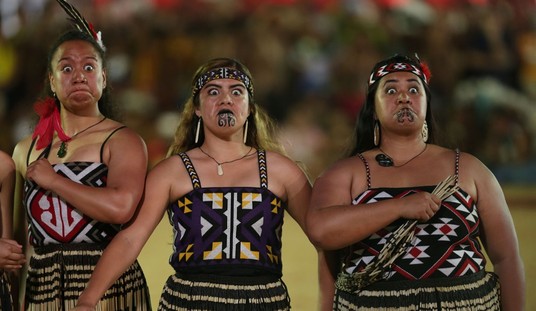

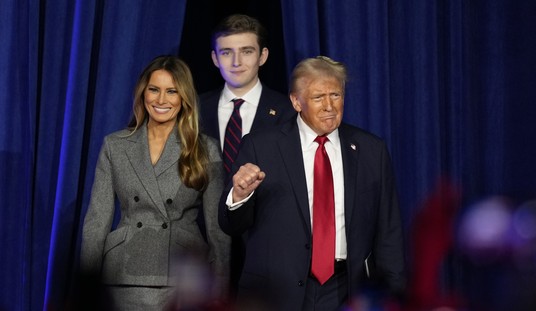
Join the conversation as a VIP Member